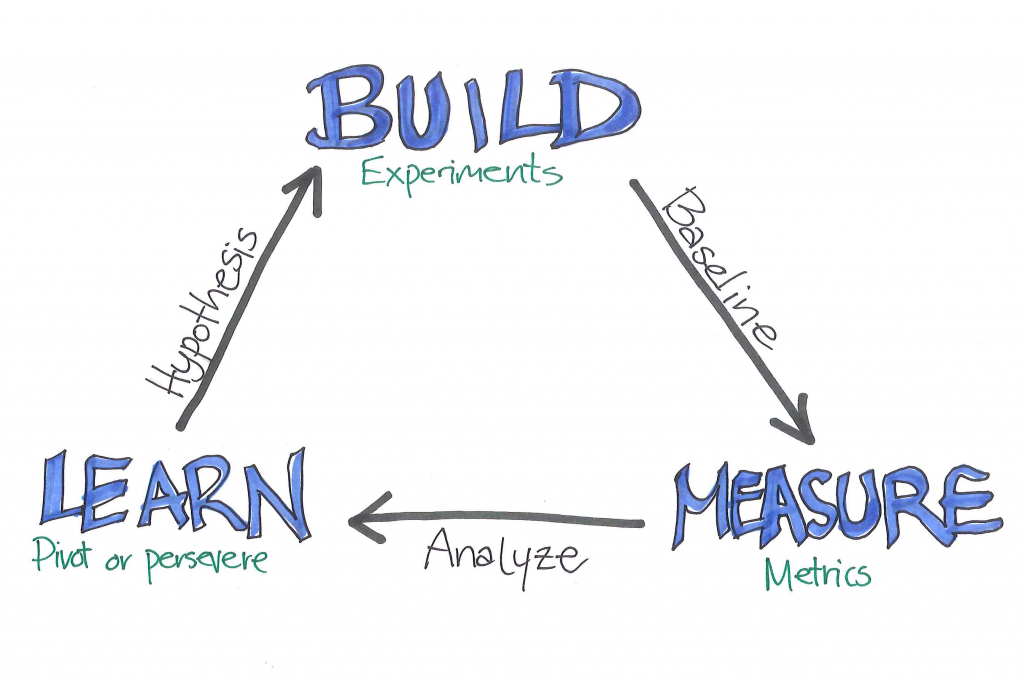Lean Startup is an approach to entrepreneurship. The approach is used in order to reduce risks and the spending of resources during the process, by making sure that the developed solution has customers or users. The model derives from the software development environment around Silicon Valley and is based on a range of principles in order to make the entrepreneurial process more efficient.
Lean Startup puts an end to the idea that a product has to be completed before it is brought to market, and the assumption is that as an entrepreneur you need constant dialogue with your costumers in order to create a product that is relevant to them.
Lean Startup puts forward a model divided into three phases. This model can be used throughout the entire entrepreneurial process or in specific situations in order to focus on the costumers and accelerate the development. The model is based on validated learning and as such all decisions are based on this, which resembles traditional academic methods that are familiar to the students.

